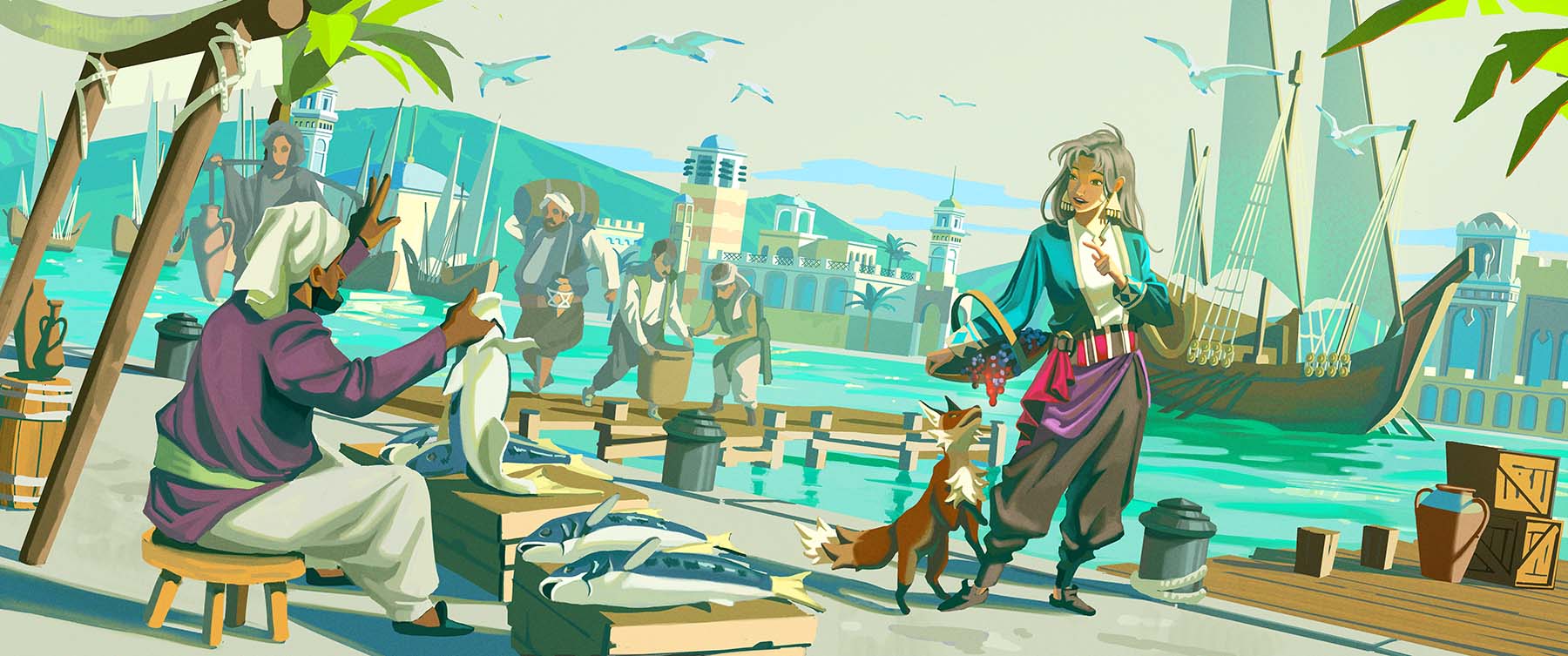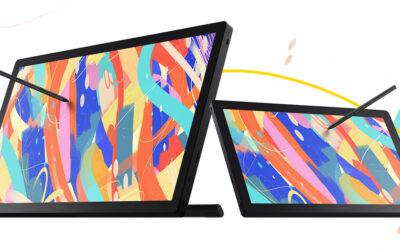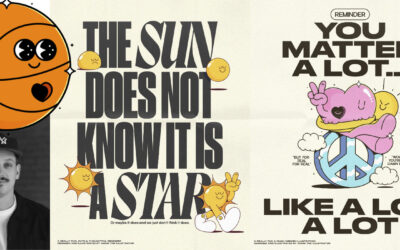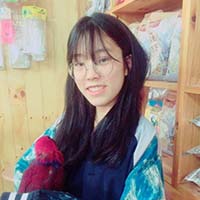
Eunbi Kang is a South Korean-born visual development artist and illustrator for games, animation, and more. She is a graduate of the illustration department at the Art Center College of Design in Pasadena, California.
While pursuing her career, she won the independent Environment category at the 2022 Concept Art Awards and the Japanese illustration Award. She has a fascination for vibrant color palettes and fantasy themes. Follow her on Instagram.
Earlier this year, Kang walked us through her process for creating a dynamic illustration using her Wacom Cintiq 16, including color blocking without doing lineart first and using Blender software to work with light. A video of that is below.
We also interviewed Kang about her career as a visual development artist, her background, what inspires her, advice she has for young artists, and what she’s got coming up. An edited version of that interview is below.
How did you first get into art? Were you a creative kid?
As far back as I can remember, I’ve always been drawing and painting. I used to draw characters from storybooks, animations, and even drew my own story when I was young. Whenever I showed my art to my mom, she would compliment me — so I drew more and more, because I wanted to get compliments from my mom! Eventually I found other reasons and inspiration to love painting and I started to take art more seriously, but I think it’s still the same now: I still show what I make to my mom, and what she says always motivates me to be a better artist!
As I grew older, I started to become curious about the artists behind the animations I loved. And as I came across art books, such as The Art of Tangled and The Art of Moana, my curiosity into the profession of creating entertainment content became deeper. While I was looking at the art books, I thought, “I want to paint and draw like this and make it into my career, too!” So I went to art school to major in a related field.
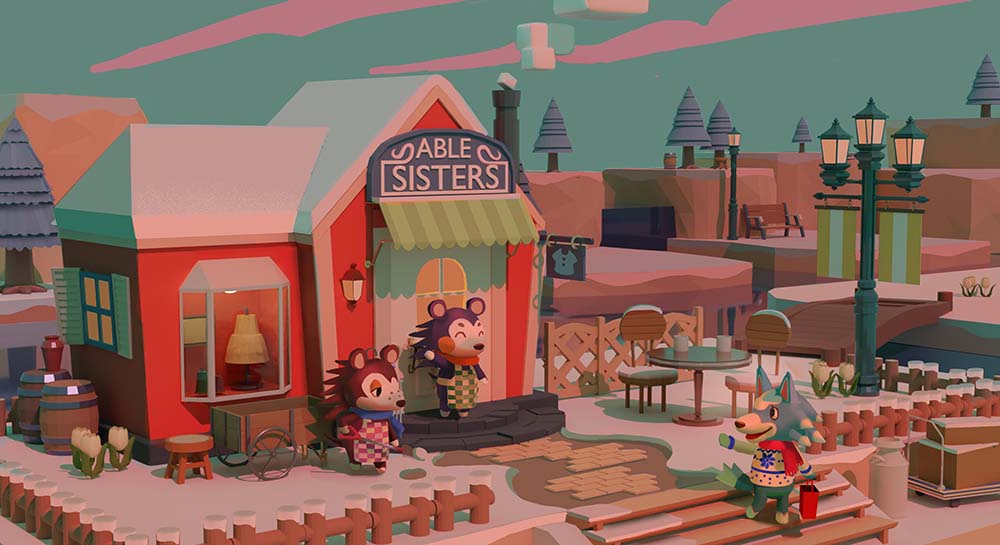
Why did you choose to go to art school? Do you recommend that today’s young artists should pursue art school or should they self-teach, and why?
Hmm, that’s a difficult question. I chose an art school because I wanted to learn firsthand the know-how of instructors working in the industry. Even though I don’t think there is a right way to study art, I personally think there are definitely wrong study methods. So, I chose art school because I wanted to have a teacher who could directly give me feedback. Under a well-structured curriculum, instructors or my college friends could tell me more directly where to start or what my bad artistic habits might be. I also really wanted to make college friends who were also into art!
However, times have changed a lot. I think we are living in an era where we can learn as much as we want as long as we follow the right study methods and schedule. The disadvantage of learning on your own is that you may learn the wrong methods on your own. Yet, if you are sure that you know exactly the direction and method you want, I think you can do it faster and more efficiently than anyone else. These days, many online art lectures and academies provide 1:1 feedback, and they invite industry artists, so I think there is no mandatory need to go to art school just to develop skill.
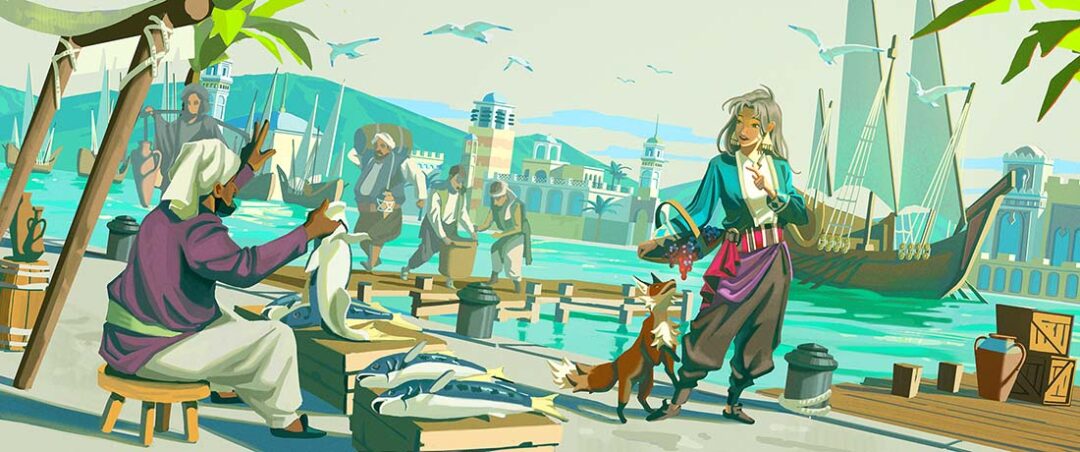
How did you decide which creative field you wanted to pursue? Where do you see your career going in the future?
I have always dreamed of a career in the entertainment industry. From a very young age, I’ve enjoyed exploring unknown magical worlds and stories as a consumer. As I have enjoyed entertainment content for a long time, I naturally became interested in artists who work behind the scenes who are creating content filled with various colors and shapes, such as characters, props, and backgrounds.
In particular, I think visual development, which is pre-production work for animation, or concept art for games, is the most attractive to me. Designing a world that doesn’t exist, or designing cool characters and backgrounds, makes it even more attractive because these artists bring joy and imaginative thought — not only for me but also for the viewers. I want to continue to be proud of this job I love, and I want to keep making my own personal project into something real by myself!
How did you develop your own personal art style?
In the end, I think the style I admire or think is good will eventually become my own. As I study and experience, I acquire the interesting parts from different studies and mix them together and develop it in my own way. Recently, I have become more interested in character design studies and new experiences and different countries’ cultures, because a new perspective allows me to create new designs. Style wise, I’ve become interested in painting brush textures and graphic styles, and I’ve been thinking about how I can mix the two and develop it into my own new style.
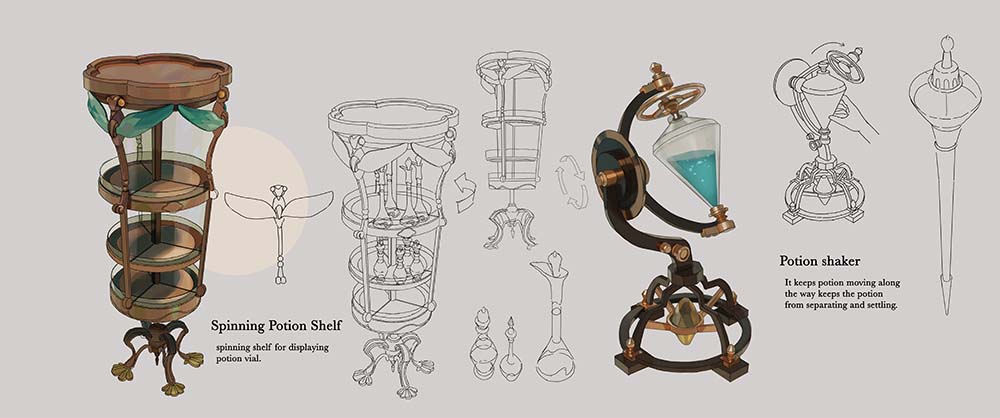
What inspires and/or excites you in your work?
What inspires me is so diverse; it’s like a spider’s web! Sometimes I design buildings by looking at irregular shapes, and sometimes I get inspiration for colors by looking at old painters’ paintings. Especially paintings by an artist named Walter H Everett have delighted me the most. His various compositions and incredibly sophisticated colors gave me a remarkable impression.
These days, trying new things makes me happy. I used to like living the same life at home, but I realized that observing and experiencing by myself is important to my artistic ideas. Even if it is not necessarily visually new, I have come to realize that the memories of certain places make my ideas more diverse because creation ultimately comes from experience. I also enjoy the fun of exploring many new things of my own, such as other countries’ cultures, history, paintings, places I have never been to.
You’ve worked with big companies like Netflix and Mercury Filmworks. What advice do you have for young artists who are making their first steps into a creative career?
First of all, my advice is: study about the industry you want to be in! I think it’s important to check one by one what kind of designs are needed, what you need to study to design them, and make sure to show them in your portfolio. For example, games and animations require a wide variety of design skills, including not only character design, but also character turnaround, texture design, prop design, and background design. To learn it, you need to study basic techniques such as perspective and understanding of anatomy.
I also recommend learning and practicing various skills. The industry requires a variety of skills. Sometimes you have to use 3D skills in unexpected ways, and other times you have to do a quick painting sketch to show very rough ideas. Think about what kind of project you want to be in and what kind of person you want to become, and study by analyzing the portfolios of people who do that work.
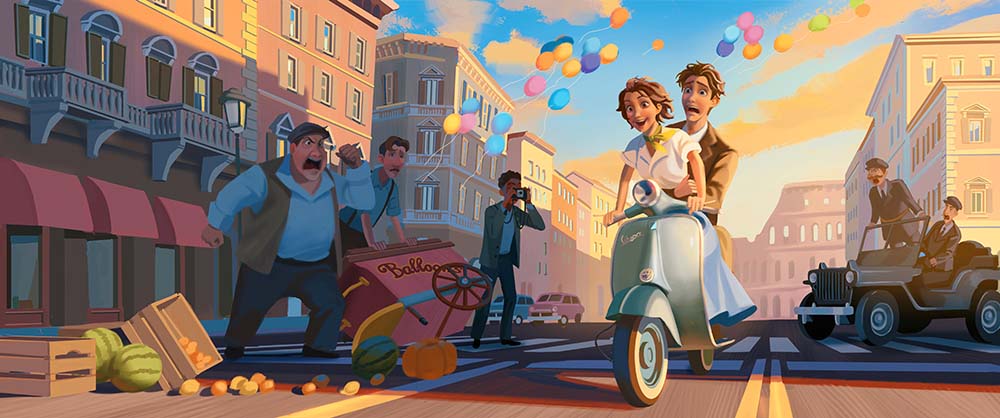
What are some of your favorite projects that you’ve worked on? Why were they your favorites?
As a personal project, I would like to choose my graduation project, the Roman Holiday redesign project. Roman Holiday was my favorite black and white movie. Even though color film technology was available at the time of film production, the studio had no choice but to film in black and white due to budget issues. My project took the opportunity to show coloring skills that I think I’m good at. I think it was a wonderful opportunity to demonstrate the skill of capturing a lovely story in color.
Of all the professional projects I participated in, the best one was truly the collaboration with Wacom. It’s true! Really. Wacom is widely known as a world-famous tablet company. I think it’s a unique opportunity to promote my painting to a company like Wacom where I have been using their product for a long time. Also, I really love explaining how I paint or make an idea for art to others. When I share the information I know and explain about paintings, it helps me organize my artistic ideas and my thoughts and make new artistic experiences with people. So, I am grateful for the various collaborations with Wacom as it is an opportunity to show my paintings to the world widely.
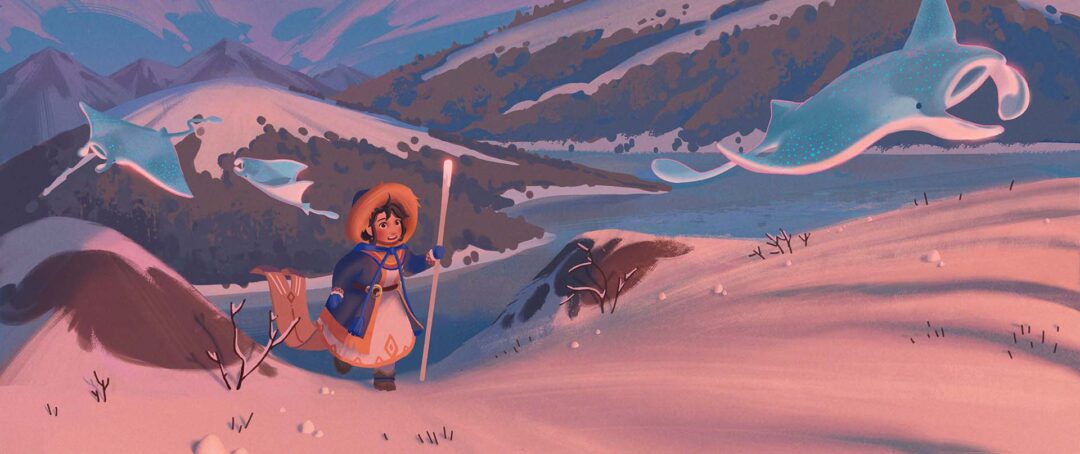
What are some general tips, tricks, or advice you have for young or beginning artists that you’ve learned as you’ve been building your career?
I believe being willing to learn is very important. Artists do not need to be afraid of what they don’t know but always try, and be willing to listen and accept other people’s opinions — which is something artists should not forget, whether they are a beginner or a veteran. Regardless of people’s different working experience, others can see parts of me that I cannot see. If I accept this with an open mind and apply it to my drawings, I can use methods or take information I didn’t know about into my own.
And don’t be embarrassed about the things you’re not good at. I believe that progress has already begun from the moment artists recognize that there is something they are not good at. And interestingly, they already know how to study and be better in most situations.
Lastly, look at the paintings you find attractive and carefully analyze why you think they are attractive. They tell an abundance of information and guide artists where to go such as composition, light, techniques, etc. In general, the paintings of master painters have been good teachers for me. Dean Cornwell and Joaquín Sorolla‘s ability to capture vivid moments, composition, and light have always been inspirational.
What hardware and software do you use to create your work? Why do you choose Wacom products as part of your setup?
I didn’t know it when I was in school, but in the industry, most artists use the same products. Of course, there are exceptions, but in a studio, we do not usually use our own preferred programs or products. There are many competitors now, but Adobe software and Wacom products are still the industry standards used by almost all companies. I believe there is a reason why Wacom is one of the most well-known drawing tablet companies and why they are still trusted in creative industries. Wacom understands what kind of technical support we need. Also, I love how vivid the colors are, and how sensitively it captures my pen pressure. Wacom’s technical capabilities always help me to deliver my ideas without blocking [my creativity].

Do you have any projects coming up that you’d like to share or promote?
Most of the professional projects I’ve worked on haven’t been released yet except the Wacom tutorial videos! They’re still under development. Recently, I have been redesigning my personal project, however: the Witch Project. I plan to post it on my portfolio website and Instagram soon. Please feel free to come by and visit!
